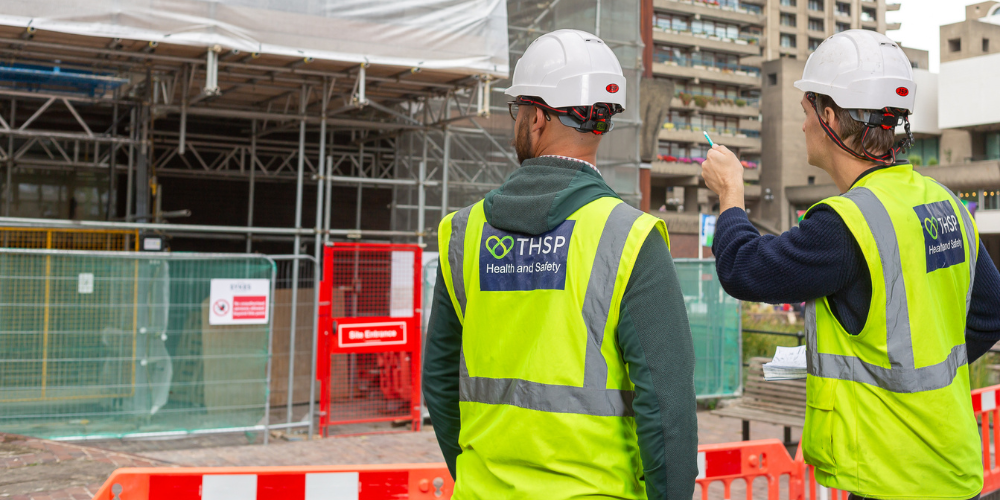
The Lifting Operations and Lifting Equipment Regulations 1998 (LOLER) are designed to ensure both your safety and compliance in all lifting operations. Here’s how LOLER applies to excavators used in lifting operations and what you need to know to keep your operations safe and compliant.
Understanding LOLER’s Scope
LOLER covers all lifting operations and equipment used at work, including excavators. If excavators have a lifting eye/man riding basket and are used for lifting operation, then they will be subject to a thorough examination. These regulations are crucial to ensure that all lifting activities are conducted safely, with well-maintained equipment that is suitable for the task.
Key LOLER Requirements for Excavators
- Thorough Examination and Inspection
- Pre User/Operator checks: This should be carried out in line with your risk assessment and carried out prior to operating the excavator and include visual, functional & operational checks.
- Initial Checks: Before using your excavator for the first time, it must undergo a thorough examination. New equipment requires a declaration of conformity which is in date for the first 6 months.
- Regular Intervals: Schedule thorough examinations every 12 months. For excavators used to lift people, inspections should occur every 6 months.
- Post-Modification Checks: If your excavator undergoes significant changes, such as major repairs, it must be re-examined to ensure safety.
- Competent Operators
- Ensure your operators are well-trained and competent, with the necessary experience and certifications to handle the equipment safely.
- Assess the maturity and judgement of your operators to ensure they can manage their responsibilities effectively.
- Safe Working Load (SWL) and Indicators
- Clearly mark all lifting equipment, including excavators, with their Safe Working Load (SWL) to prevent overloading.
- Equip your excavators with rated capacity indicators, like Automatic Safe Load Indicators (ASLI), to provide real-time load data and prevent accidents.
- Safe Use and Maintenance
- Use excavators in a way that prevents unintentional load releases and avoids carrying loads over areas occupied by people.
- Conduct regular maintenance checks, including weekly operator inspections and detailed examinations as specified by the manufacturer or a competent person.
Tips for LOLER Compliance with Excavators
- Stay Informed: Regularly review updates from the HSE to ensure compliance with the latest LOLER guidelines.
- Prioritise Training: Ensure all personnel involved in lifting operations are well-trained and certified.
- Maintain Records: Keep accurate and up-to-date records of all examinations, inspections, and maintenance activities.
- Risk Assessments: Continuously assess and manage risks associated with lifting operations.
At THSP, we’re committed to helping you ensure the safety and efficiency of your lifting operations involving excavators. By adhering to LOLER’s comprehensive regulations, you can protect your workforce, maintain compliance, and optimise your operations. For the most current information and detailed guidance, consult the HSE website and review the latest LOLER-related publications.
Ready to take your safety compliance to the next level? Get in touch with the THSP team today to see how we can support your business in achieving the highest safety standards. Contact us now and let’s work together to create a safer working environment!
Get in touch